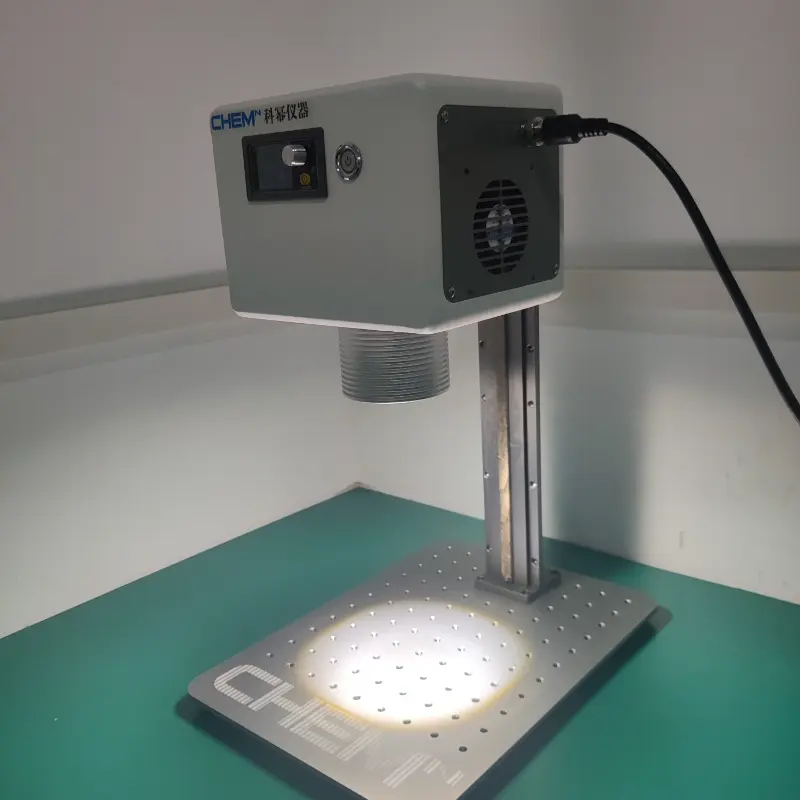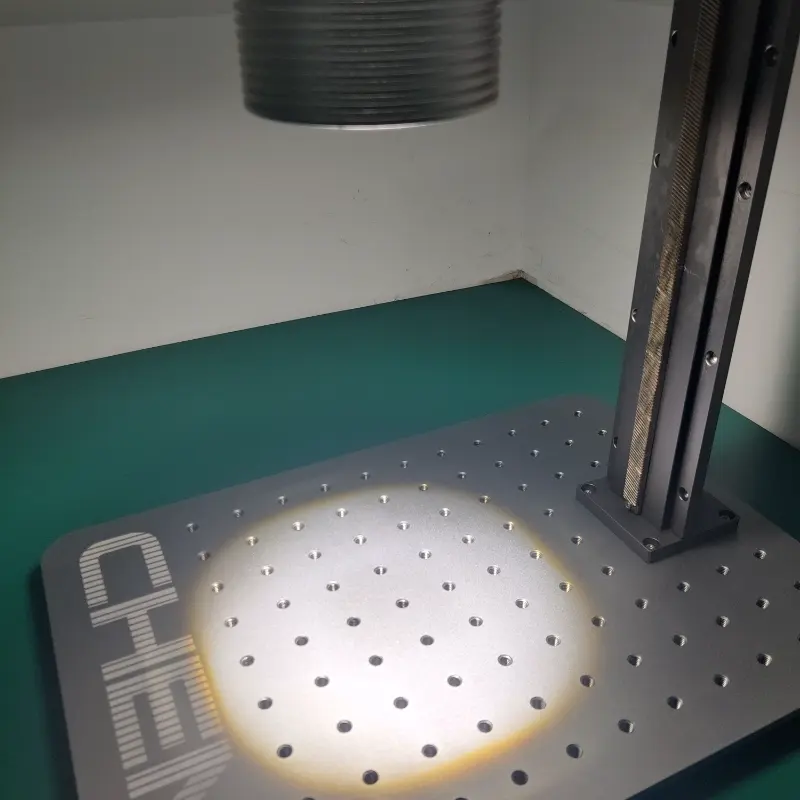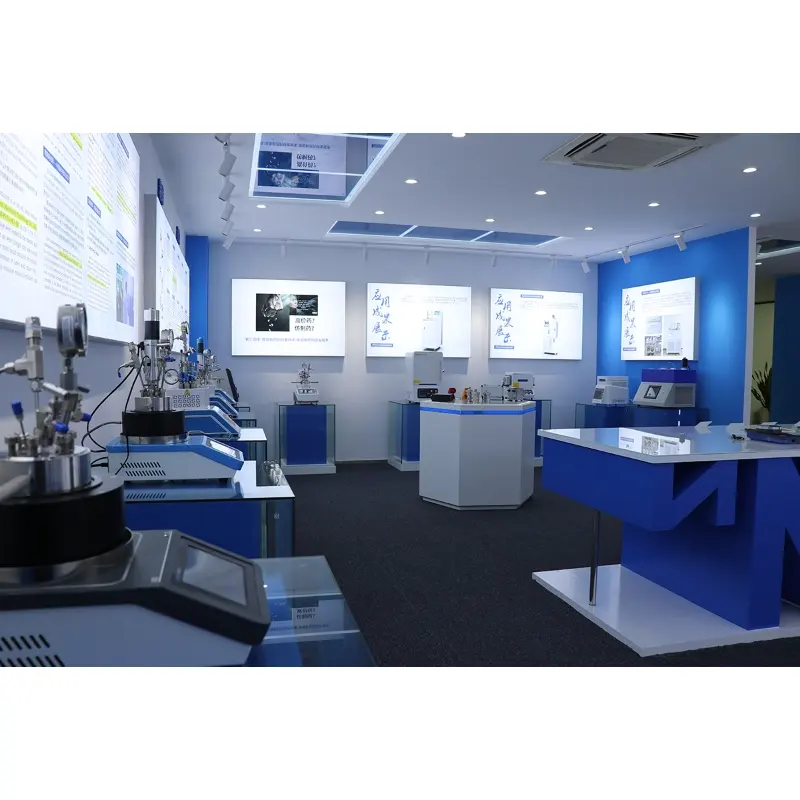In many scientific and industrial applications, there is often a need to simulate natural sunlight conditions, such as in solar cell testing, material aging experiments, and plant growth research. This is where solar simulators come into play. Xenon lamps, as one of the core light sources, are a popular choice because they can produce a spectrum output that closely resembles natural sunlight. So, how do xenon lamps simulate sunlight?
Solar Simulators Xenon Lamps Working Principle
Xenon lamps are essentially high-pressure gas discharge lamps. Their working principle is similar to that of regular gas discharge lamps, with the lamp being filled with xenon gas (Xe). When current passes through the lamp, the xenon gas is excited and undergoes discharge, producing intense light. During this process, the xenon lamp emits a spectrum that covers ultraviolet (UV) light, visible light, and some infrared radiation, and this spectral distribution is very similar to that of sunlight.
Arc Discharge: The xenon lamp creates an arc discharge between electrodes, which excites the xenon molecules, creating plasma and releasing energy that is converted into visible light and UV radiation.
Spectral Output: The spectrum of a xenon lamp spans a wide range from ultraviolet to visible light and infrared radiation. This spectral distribution closely resembles that of sunlight, especially in the UV and visible portions, allowing it to effectively simulate the intensity and color temperature of natural light.
Why Xenon Lamps Can Simulate Sunlight
Sunlight is a broad spectrum that encompasses ultraviolet light, visible light, and infrared radiation, and the spectrum of a xenon lamp is very similar to that of sunlight. The xenon lamp can provide a continuous spectrum from UV to infrared, especially in the UV and visible portions, which closely matches the distribution of natural sunlight. Due to its unique spectral output, xenon lamps have become the preferred light source for many solar simulators.
One of the notable advantages of simulating sunlight xenon lamps is that they provide a strong UV output, which is essential for applications that require UV radiation, such as photocatalysis and plant growth studies. Additionally, the visible light output of xenon lamps is very stable, making them ideal for simulating the intensity of sunlight under different lighting conditions.
Applications of Xenon Lamps
Because xenon lamps can simulate a spectrum close to sunlight, they are widely used in experiments and applications where natural light needs to be simulated. Here are a few typical application scenarios:
Solar Energy Research: Xenon lamps are commonly used as light sources in solar cell research. They can provide radiation conditions similar to sunlight for evaluating the efficiency and performance of solar cells. Xenon lamps are particularly suitable for testing photovoltaic materials, as they offer a stable high-brightness light source that mimics actual sunlight.
Material Aging Testing: The spectrum of xenon lamps includes UV radiation, which is crucial for simulating the aging process of materials exposed to sunlight over time. By using xenon lamps for accelerated aging tests, researchers can predict the lifespan of materials under real-world conditions.
Plant Growth Research: Plant growth experiments require simulating the spectrum of sunlight, especially UV and visible light. Xenon lamps provide ample UV and visible light output, making them ideal for studying photosynthesis and plant growth.
Advantages and Challenges of Xenon Lamps
Solar Simulators Xenon Lamps Advantages:
Simulating Sunlight: The spectrum of xenon lamps closely resembles sunlight, providing similar lighting conditions for experiments.
High Brightness and Stability: Xenon lamps are very bright and can continuously emit light in a stable manner, making them suitable for long-term experiments and tests.
Wide Spectral Output: In addition to visible light, xenon lamps can also emit certain amounts of UV and infrared radiation, which is crucial for some specific research areas.
Solar Simulators Xenon Lamps Challenges:
Heat and Energy Consumption: Xenon lamps generate significant heat during operation, requiring effective heat dissipation systems. Additionally, due to their high power consumption, xenon lamps also consume more energy.
Spectral Differences: While xenon lamps can simulate most of the solar spectrum, there are still some spectral differences when compared to actual sunlight, especially in certain specific wavelengths.
خاتمة
As an excellent light source, the xenon lamp in solar simulators plays an important role in simulating a spectrum close to natural sunlight. Whether in solar energy research, material testing, or plant growth studies, xenon lamps are indispensable. Despite challenges like heat generation and energy consumption, their superior spectral characteristics make them one of the most commonly used light sources in many experiments and tests. Through xenon lamps, we can more accurately simulate and study the effects of natural light, providing a more precise experimental environment for research in relevant fields.
CHEMN Solar Simulator Xenon Lamp
CHEMN High Quality Solar Simulator Xenon Lamp (400-1000nm Spectrum) is designed with advanced features for precise and flexible applications. It integrates an LED surface light source, optical system, heat dissipation controller, and power control system, allowing for easy installation and operation. The system supports remote, non-contact on/off switching and light intensity regulation. With a service life exceeding 10,000 hours, this lamp lasts over 10 times longer than traditional xenon lamps. It offers versatile light directions (upper, lower, left, and right) and compact size, making it ideal for use inside glove boxes, with adjustable light intensity controlled externally. This simulator is widely applicable in fields such as solar cell testing, aging, photocatalysis, photohydrolysis, photoreactions, photoluminescence, biological cultivation, health illumination, and medical treatments.





